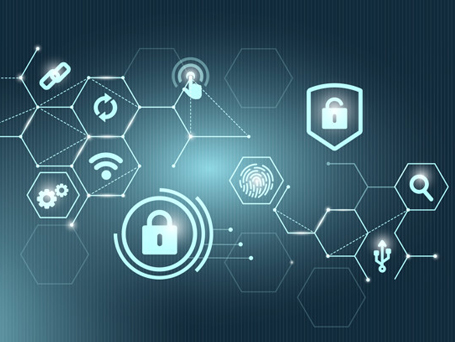New digital business models and improved AI maturity are profoundly changing how organizations serve and engage their customers, and how they manage their customer service team. Application leaders supporting customer service must understand these trends to keep their technology roadmaps up to date.
Overview
Key Findings
- The use of AI and machine learning (ML) across multiple customer service channels allows organizations to gain better insights, increase self-service and improve productivity.
- As organizations dive deeper in digital transformation and building a platform business, establishing a connected customer service ecosystem becomes a priority.
- Field service organizations will increase their usage of ML to better predict resource allocation and utilization.
- Conversational platforms are becoming more accessible and are playing an increasingly important role in supporting customer service automation.
- Many CIOs from large organizations exploring blockchain will be joining one or many consortia to gain knowledge and pilot targeted use cases, including customer service.
Recommendations
Application leaders supporting customer service should:
- Plan on augmenting employees with AI, seeking a balance between productivity benefits for the organization and benefits for customers and employees.
- Support the head of customer service in redesigning the customer service operational model to be able to support customers in a connected digital ecosystem.
- Work with field service leaders and technicians to pilot utilizing ML to predict work duration and parts requirements.
- Experiment with the APIs from leading mobile or home device providers of virtual personal assistants, such as Amazon, Google and Apple.
- Research joining a blockchain consortium as a source of knowledge. If your CRM provider offers blockchain as a service, take the opportunity to experiment.
Strategic Planning Assumptions
By 2025, customer service organizations that embed AI in their multichannel customer engagement platform will elevate operational efficiency by 25%.
By 2023, organizations that are part of a connected digital business ecosystem will have 40% of their customer service cases initiated by partners in that ecosystem.
By 2022, one-third of complex field service organizations will utilize machine learning to predict work duration and/or parts requirements, rising from less than 2% today.
By 2023, customers will prefer to use speech interfaces to initiate 70% of self-service customer interactions, rising from 40% today.
By 2023, 10% of large organizations will join a blockchain consortium with the specific purpose of improving their level of customer service.
Analysis
The improved maturity of ML and other AI technologies, IoT and the rise of connected customer service ecosystems will provide customer service organizations with new opportunities to deliver new types of products and services (see Note 1 for term definitions).
But critical decisions will need to be made to balance technology investments in the newest hot areas with indispensable improvements in established customer service processes. The need is not diminishing for more consistent handling of customer service experiences across channels, and for a vastly improving the mobile experience for customers.
This research is forward-looking and meant to shed light on how the future customer service organization will use and respond to technology innovation to improve customer processes.
What You Need to Know
ML and other forms of AI will become much more of a commonplace part of customer service and support over the next four years. They are finding a way into many applications, such as:
- Intelligent case management routing and workflow
- Knowledge management and content discovery
- AI-enhanced robotic process automation (RPA) tooling
- Virtual personal assistants (VPAs), chatbots and natural language processing (NLP) in customer engagement centers (CECs)
- Resource allocation for customer support and field service personnel
- Sentiment analysis and emotion detection in social media
When applying AI, it is important to strike a balance between the employee and the machine. Likewise, a balance is needed between gaining productivity benefits and benefits for customers and employees. The impact on the customer experience, as well as on employees who work with and next to machines, is being underinvestigated in many projects. Over the next few years, employee engagement will become a core area of focus when deploying AI — it will become much more common for machines to enhance and support employees than for machines to replace employees.
Digital business model innovation is introducing an interesting challenge to organizations’ customer service departments. Many of these newly designed digital business models require connecting a number of business partners to deliver the new types of products and services. The question that is often now being asked by those pursuing new ecosystem-supported business models is, “How do we support our customers if the customer journey spans across a business ecosystem, beyond my company border?” (see Note 1 on term definitions). Establishing a connected customer service ecosystem will become a priority for these organizations over the next five years (see Figure 1).
Most organizations are still learning about the potential uses of blockchain for customer service. Blockchain technologies will initially most often serve as records management systems that extend beyond organizational boundaries and complement customer and support applications. These records include digital assets such as contracts, health records, government IDs, transcripts or IoT transactions. More-direct use cases of blockchain for customer service will focus on enabling multienterprise collaboration and/or transactions that help to build trust and transparencies in a low-trust environment.
Early adoptions of blockchain can be found in the retail, supply chain and logistics, insurance, and healthcare spaces. For example, consumers can find service and repair partners for products they purchase on a blockchain application called Warranteer, while OriginTrail uses blockchain technologies to track and trace product origins as well as enable safe data sharing along supply chains.
Full report can be accessed at www.gartner.com




